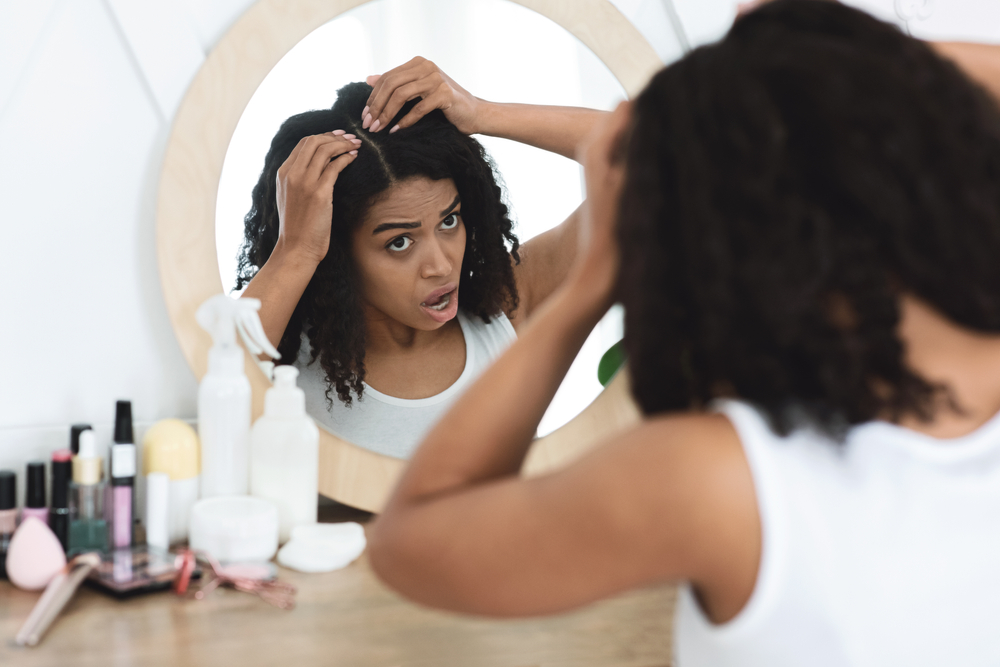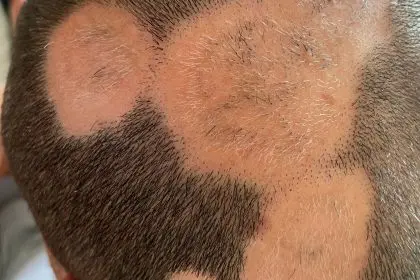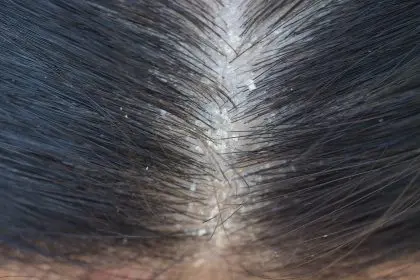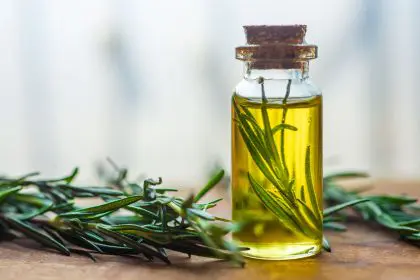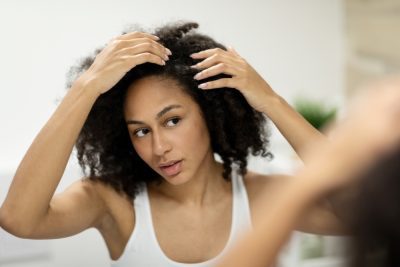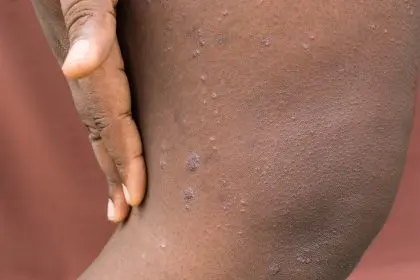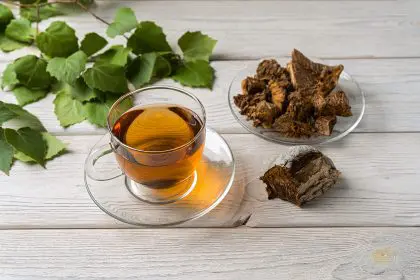Alopecia areata affects millions of Americans regardless of age, race, or gender, manifesting as patchy hair loss across the scalp and sometimes other body areas. This autoimmune condition occurs when the body’s immune system mistakenly attacks hair follicles, causing inflammation that disrupts normal hair growth cycles.
Unlike temporary shedding from stress or medication, alopecia areata follows an unpredictable pattern where hair may spontaneously regrow only to fall out again months later. The emotional impact often exceeds physical symptoms, as visible hair loss can trigger feelings of self-consciousness, anxiety, and diminished confidence during social interactions.
While medical interventions exist, many individuals seek natural approaches to complement traditional treatments. These holistic strategies focus on reducing inflammation, supporting immune function, and maintaining scalp health during active phases of the condition.
The role of nutrition in managing symptoms
Research increasingly points to diet as a potential factor in managing autoimmune conditions like alopecia areata. Anti-inflammatory eating patterns, particularly the Mediterranean diet, show promise in reducing overall inflammation that may contribute to symptom flares.
- The Mediterranean approach includes abundant vegetables, legumes, whole grains, olive oil, and fatty fish rich in omega-3 fatty acids. These foods contain antioxidants and nutrients that help modulate immune response and reduce inflammatory markers throughout the body.
Foods particularly beneficial for hair health include:
Fatty fish like salmon, mackerel, and sardines contain omega-3 fatty acids that reduce inflammation and support follicle health. Leafy greens provide iron, vitamins A and C, all essential for healthy hair production. Nuts and seeds offer biotin, zinc, and vitamin E, nutrients directly involved in hair growth cycles. Berries and colorful fruits supply antioxidants that protect follicles from oxidative stress.
Equally important is identifying potential trigger foods that might exacerbate symptoms. Some individuals notice improvement when reducing dairy, gluten, processed foods, or added sugars, though responses vary significantly between people.
Gentle hair care practices during active phases
During active flare-ups, proper scalp and hair care becomes critical to prevent further damage and create optimal conditions for regrowth.
- Gentle hair care routines include using sulfate-free shampoos that clean without stripping natural oils, applying conditioner only to hair shafts rather than the scalp, and avoiding tight hairstyles that create tension on vulnerable follicles.
Heat styling tools like blow dryers, flat irons, and curling wands can damage hair shafts and irritate the scalp. Allowing hair to air dry and embracing natural texture reduces this stress. When styling is necessary, using the lowest heat setting and applying heat protectant products creates a barrier against damage.
Chemical treatments including permanent dyes, relaxers, and perms contain harsh ingredients that penetrate the hair shaft and can irritate already sensitive scalps. Taking a break from these processes during active phases allows the scalp environment to stabilize.
For those experiencing significant hair loss, gentle detangling techniques prevent breakage of remaining hair. Using wide-tooth combs, starting at the ends and working upward, and detangling while hair is damp with conditioner reduces stress on hair strands.
Stress management as a cornerstone therapy
The connection between stress and autoimmune flares represents one of the most consistent findings across research studies. Many individuals report that periods of heightened stress preceded their initial onset of alopecia areata or triggered subsequent episodes.
- Effective stress reduction techniques include mindfulness meditation, which trains attention on the present moment without judgment. Regular practice reduces cortisol levels and promotes parasympathetic nervous system activation, countering the fight-or-flight response often heightened in autoimmune conditions.
Physical activity provides dual benefits through endorphin release and stress reduction. Low-impact options like walking, swimming, or yoga offer these advantages without causing excessive physical stress. The mindful movement aspects of yoga, tai chi, and qigong combine physical activity with breathwork for enhanced relaxation.
Sleep quality profoundly affects immune function and stress hormone regulation. Creating consistent sleep routines, limiting screen time before bed, and creating a cool, dark sleeping environment supports restorative sleep patterns that may help manage symptoms.
For many, professional support through therapy provides essential tools for coping with the emotional aspects of alopecia areata. Cognitive behavioral therapy helps identify and transform negative thought patterns, while support groups connect individuals with others sharing similar experiences.
Supplements that support healthy hair cycles
While no supplement can cure alopecia areata, certain nutrients play essential roles in hair growth cycles and may support overall scalp health when levels are insufficient.
- Key supplements include vitamin D, as deficiency appears more common among those with alopecia areata. Supplementation may improve outcomes, particularly when blood tests confirm low levels.
Biotin (vitamin B7) contributes to keratin production, the protein that forms hair structure. While biotin deficiency is rare, supplementation remains one of the most common approaches for hair health support.
Zinc participates in DNA and protein synthesis, processes necessary for hair follicle development. Some studies suggest zinc levels may be lower in people with alopecia areata, making supplementation potentially beneficial.
Iron deficiency impairs oxygen delivery to tissues, including hair follicles. Ferritin testing provides insight into iron storage levels, helping determine if supplementation might support hair regrowth efforts.
Before starting any supplement regimen, consulting healthcare providers ensures appropriate dosing and prevents potential interactions with medications or existing health conditions.
Topical approaches for scalp support
Beyond internal strategies, topical applications target the scalp environment directly, potentially stimulating follicles and creating favorable conditions for regrowth.
- Essential oils with potential benefits include rosemary oil, which some studies suggest may match the effectiveness of minoxidil for certain types of hair loss when applied consistently. Its circulation-enhancing properties may increase blood flow to follicles.
Peppermint oil creates a cooling sensation that increases blood circulation to the scalp while providing antimicrobial benefits that maintain scalp health. Dilution prevents irritation from its potent nature.
Lavender oil combines anti-inflammatory properties with stress-reduction benefits through aromatherapy. Its gentle nature makes it suitable for sensitive scalps when properly diluted in carrier oils.
Regardless of which oils might appeal, proper dilution in carrier oils like jojoba, coconut, or argan prevents irritation while providing additional moisturizing benefits to the scalp.
Protecting vulnerable scalp areas
Hair typically provides natural protection against environmental elements. During periods of hair loss, implementing alternative protective measures becomes essential.
Ultraviolet radiation damages exposed scalp skin, potentially triggering inflammation that worsens autoimmune responses. Wide-brimmed hats, headwraps, or scalp-specific sunscreens create essential barriers against this exposure.
In colder climates, heat loss through the scalp accelerates in the absence of hair. Wearing insulating hats maintains body temperature while protecting sensitive skin from harsh winds and extreme temperatures.
When to consult healthcare providers
While natural approaches offer valuable support, professional guidance remains essential for comprehensive management of alopecia areata. Regular dermatology consultations help monitor progress, identify potential complications, and access prescription interventions when appropriate.
Dermatologists may recommend topical or injected corticosteroids to reduce inflammation, immunotherapy to desensitize the immune response, or newer JAK inhibitor medications that address underlying immune system dysfunction.
Additionally, screening for associated conditions including thyroid disorders, vitiligo, atopic dermatitis, and other autoimmune conditions ensures comprehensive health management beyond visible hair symptoms.
The journey through alopecia areata combines medical supervision with self-care practices that support overall wellbeing. By implementing nutritional strategies, gentle hair care, stress management techniques, targeted supplementation, and topical applications, many find improved management of this challenging condition.

